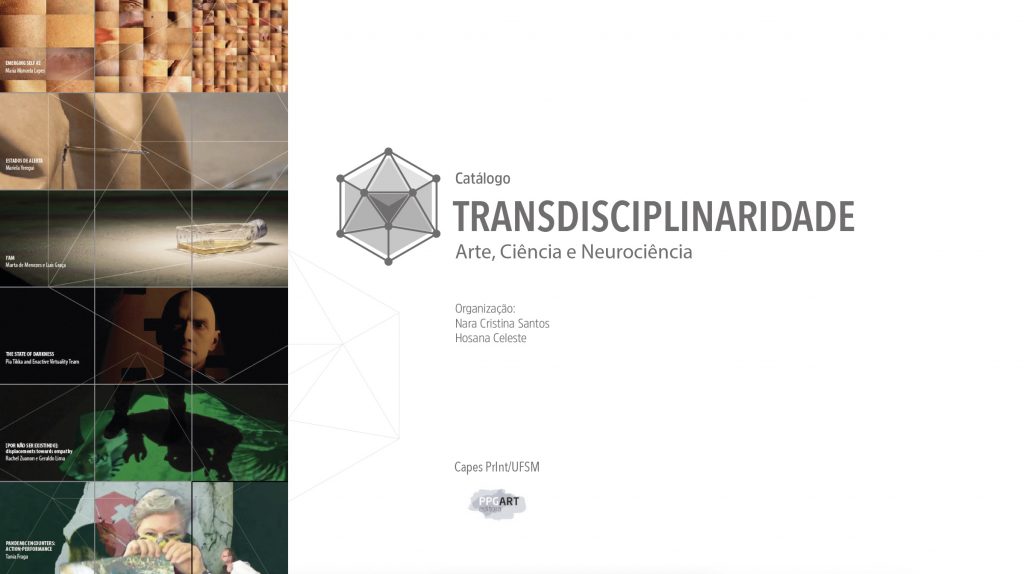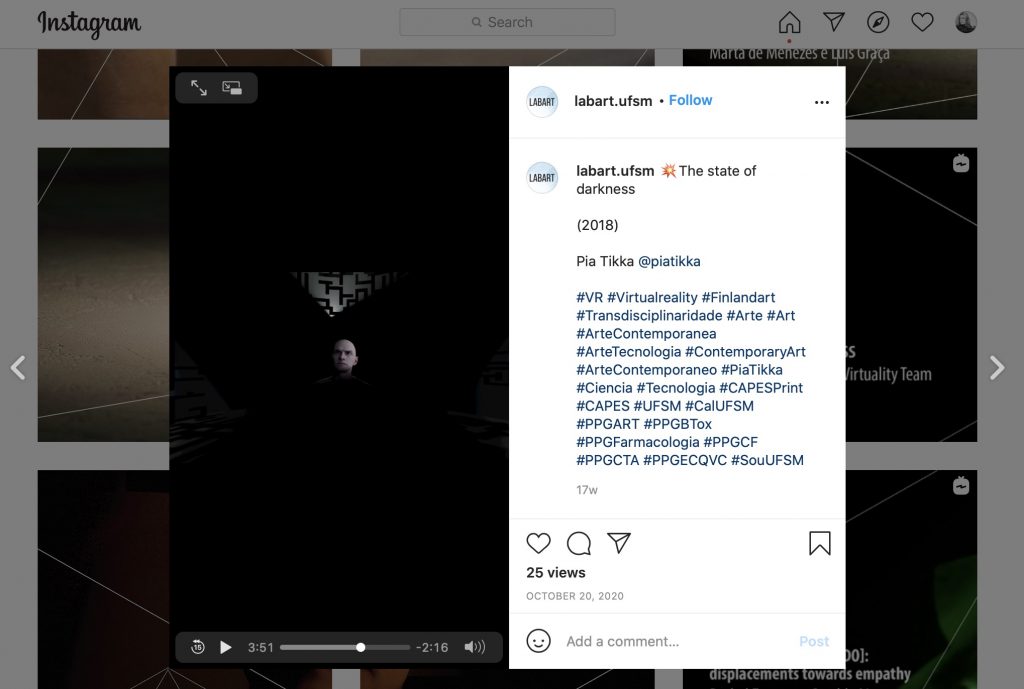Invitation: INTERNATIONAL ONLINE CONGRESS OF EXTENDED REALITY (XR) IN SCIENCES
Keynote speaker for a symposium on “Sci-arts, Gaming and Cinema”.
ABSTRACT
Enactive virtuality as the common playground of cinema and game narratives
Back in 2010 when I suggested to a roomfull of game students that the relationship between cinema and games could be bidirectionally fruitful, I had to hide from the rotten tomatoes behind the podium. Indeed, cinema and videogames have a long history of mutual love and hate. My talk, however, is not about this battle, but about what is in common. Specifically, I suggest that both can be regarded as mental simulations of the world. I will adopt a cognitive science angle, talking about the sense-making of the idiosyncratic mind, reflected through the enactive mind theory of Francisco Varela and colleagues. The mind is active in the world in an embodied and situated manner, in this sense the mind enacts virtually, or simulates the world’s dynamic phenomena it wants to understand. Drawing from the combination of phenomenological inquiry and scientific evidence, I will argue that narratives are the mind’s essential means of sense-making. This applies equally for games and cinema. This leads further to interpreting the communicative role of narratives as an extension of that sense-making function to the social world. Systemicity is at the core of my enactive virtuality approach. Be it cinema, video games, books, or social media newsfeed, they can be considered as bio-cultural feedback systems continuously mediating between the idiosyncratic minds and the intersubjectively shared worlds. In this endeavour, cinema and games provide a wide range of examples for my arguments. Towards the end of the talk, I hope to engage the audience to the discussion of whether stories told, worlds imagined, and enacted upon, can empower social change for the wellbeing beyond entertainment.


